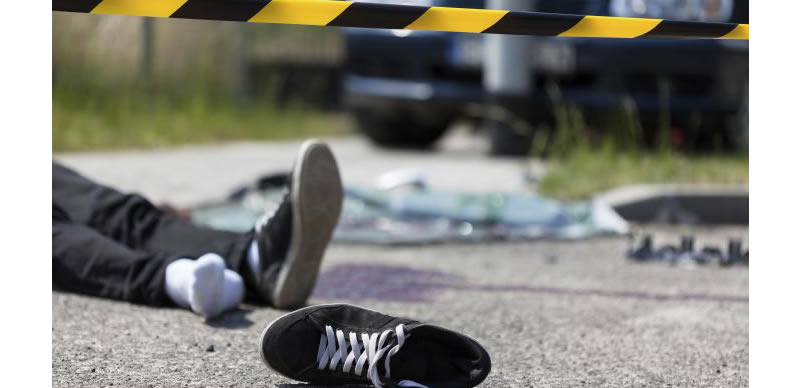Accidents due to Over speeding in India
May 17, 2017 | Expert Insights

A report recording 38,131 instances of over speeding vehicles leading to accidents was released on May 17th, 2017 in Bangalore. Every year about 1.2 million deaths occur and millions are injured or handicapped because of road accidents, in the world.
Laws enforced for speed limits
Laws regulating the road traffic are provided under the Motor Vehicles Act, 1988 is an Act of passed by the Parliament of India which came into force from July 1, 1989 and is applicable to the whole of India. According to the Indian law “rash driving or riding on a public way-Whoever drives any vehicle, or rides, on any public way in a manner so rash or negligent as to endanger human life, or to be likely to cause hurt or injury to any other person, shall be punished with imprisonment of either description for a term which may extend to six months, or with fine which may extend to one thousand rupees, or with both”.
In Bangalore 20 cases of accidents are registered every day because of over-speeding. According to World Health Organisation (WHO), the national urban maximum speed limit is 50 km/hour. This rule is also enforced in Bangalore but there is a lack of awareness regarding the rules of speed limit. India is also a signatory to the Brasilia Declaration which is committed to reduce the number of road accidents and fatalities by 50 per cent by 2020.
Other factors that lead to Road accidents
Accidents and deaths can also be caused by the intake of alcohol/drugs consumed by drivers, overloaded vehicles, defects in motor vehicles, bad infrastructure, faults of pedestrians, two wheelers accounted for the highest share in total road accidents because of over speeding. These accidents are mostly witnessed on National highways and State highways.
Assessment
Given the increasing number of road accidents, speed management has become a major concern. Speed control can be regulated despite the hindrances provided the execution of the rules is carried out effectively. Use of speed cameras might complement the efforts made by the traffic police department and help reduce the number of casualties. However, these efforts would go waste if corruption still exists in the state transport department.
Increasing population in Bangalore due to the influx of students and workers from neighbouring cities is also largely responsible for the rise in number of accidents and thus, the infrastructure should be developed to accommodate the increase in population. Driving lessons should be conducted with more transparency and stringency with drivers being taught the implications of over speeding on highways and not adhering to speed limits. To reduce the traffic in Bangalore, people should be encouraged to use public transport or car-pooling services which would also lead to the reduction of the number of accidents.








Comments